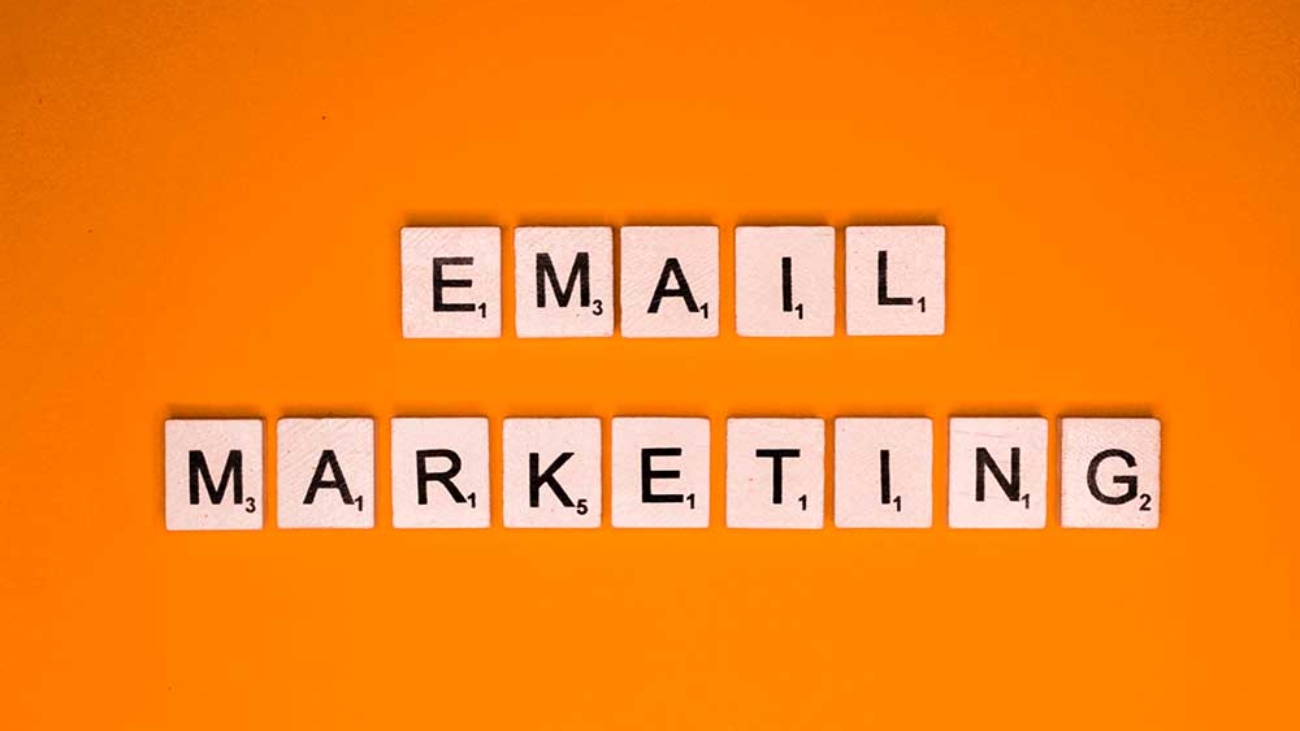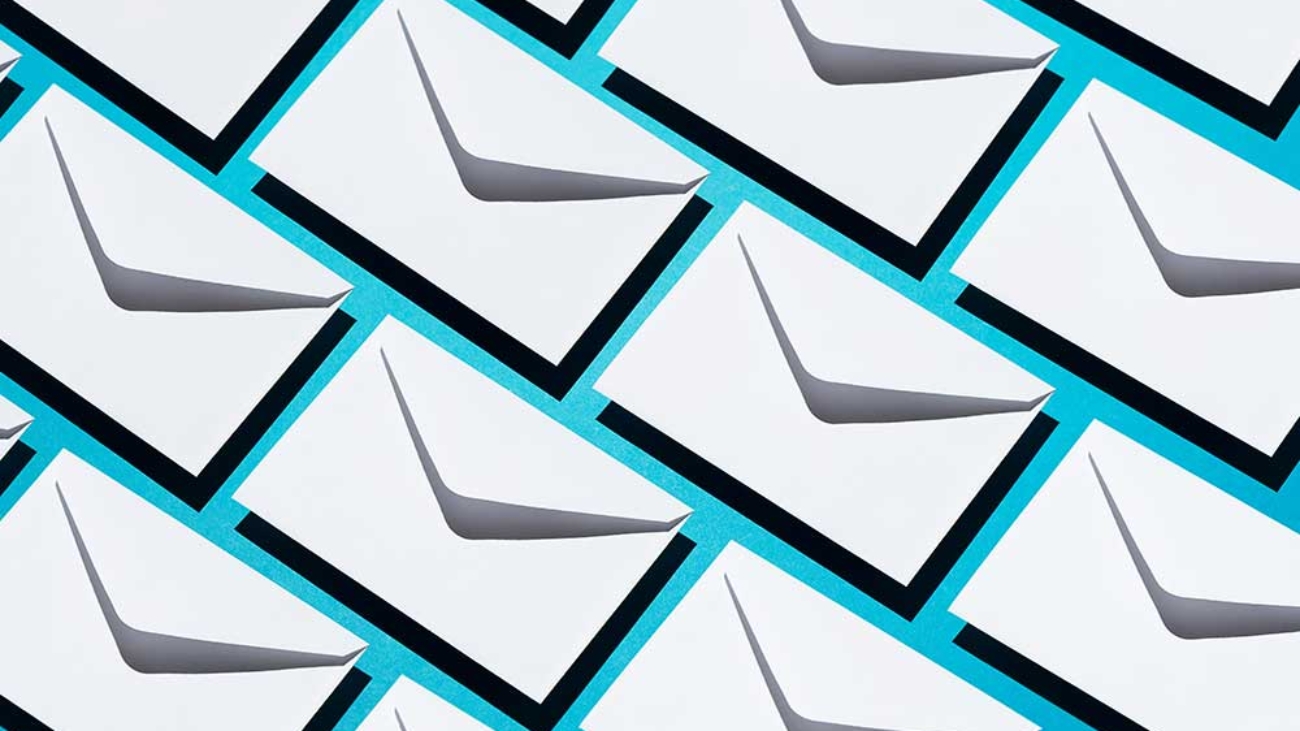In today’s competitive job market, email marketing has emerged as a powerful tool for talent acquisition. For freelance recruiters and HR companies, leveraging email marketing effectively can lead to streamlined recruitment processes, enhanced candidate engagement, and improved overall efficiency. This article explores the benefits of using email marketing for talent acquisition and offers practical strategies to help recruiters maximize their efforts.
Introduction to Email Marketing for Talent Acquisition
Email marketing involves using targeted email campaigns to reach potential candidates, nurture relationships, and promote job opportunities. It is an efficient way to communicate with a large audience, delivering personalized content directly to their inboxes. When used correctly, email marketing can significantly enhance a recruiter’s ability to attract and retain top talent.
The Importance of Email Marketing in Recruitment
Email marketing offers several key advantages for talent acquisition:
- Targeted Communication: Recruiters can segment their email lists to target specific groups of candidates based on skills, experience, location, and other criteria. This ensures that the right messages reach the right candidates.
- Cost-Effectiveness: Compared to other forms of marketing, email campaigns are relatively inexpensive. They allow recruiters to reach a large audience without significant investment in advertising or other promotional activities.
- Personalization: Email marketing platforms enable recruiters to personalize their messages, making candidates feel valued and engaged. Personalized emails can significantly improve response rates and candidate satisfaction.
- Measurable Results: Email marketing provides detailed analytics, allowing recruiters to track open rates, click-through rates, and conversion rates. This data can be used to refine future campaigns and improve overall effectiveness.
Strategies for Effective Email Marketing in Talent Acquisition
To maximize the impact of email marketing in recruitment, consider the following strategies:
1. Building a Quality Email List
A successful email marketing campaign starts with a high-quality email list. Recruiters should focus on collecting email addresses from qualified candidates who have expressed interest in job opportunities. This can be done through:
- Career Fairs and Networking Events: Collect contact information from potential candidates you meet at industry events.
- Website and Social Media: Use your website and social media channels to encourage candidates to sign up for job alerts and newsletters.
- Job Applications: Include an option for candidates to subscribe to email updates during the application process.
2. Crafting Compelling Subject Lines
The subject line is the first thing a candidate sees and plays a crucial role in determining whether they open the email. To create compelling subject lines:
- Keep it Short and Sweet: Aim for subject lines that are concise and to the point.
- Create a Sense of Urgency: Use phrases like “Don’t Miss Out” or “Apply Now” to encourage immediate action.
- Personalize When Possible: Include the candidate’s name or other personalized details to capture their attention.
3. Creating Engaging Content
The content of your email should be engaging and relevant to the recipient. Consider the following tips:
- Clear and Concise Messaging: Get straight to the point and avoid lengthy paragraphs. Use bullet points to highlight key information.
- Visual Appeal: Incorporate visuals such as images, infographics, and videos to make your emails more attractive and engaging.
- Call to Action (CTA): Include a clear and compelling CTA that directs candidates to take the desired action, such as applying for a job or scheduling an interview.
4. Personalization and Segmentation
Personalization goes beyond using the recipient’s name. Tailor your content based on the candidate’s skills, experience, and interests. Segmentation allows you to group candidates with similar characteristics and send targeted emails that resonate with their specific needs.
5. Automation and Follow-Up
Automation tools can help streamline your email marketing efforts by scheduling emails and follow-ups. Set up automated workflows to nurture candidates throughout the recruitment process:
- Welcome Emails: Send a welcome email to new subscribers, introducing your company and the types of job opportunities you offer.
- Job Alerts: Automatically notify candidates of new job openings that match their profile.
- Interview Reminders: Send automated reminders to candidates about upcoming interviews and what to expect.
Measuring and Analyzing Email Marketing Success
To ensure the effectiveness of your email marketing campaigns, it is crucial to measure and analyze key metrics. Pay attention to:
- Open Rates: The percentage of recipients who open your email. High open rates indicate that your subject lines are effective.
- Click-Through Rates (CTR): The percentage of recipients who click on links within your email. High CTRs suggest that your content is engaging and relevant.
- Conversion Rates: The percentage of recipients who complete the desired action, such as applying for a job. This is the ultimate measure of your campaign’s success.
Use these metrics to identify areas for improvement and refine your strategies. For example, if your open rates are low, experiment with different subject lines. If your CTRs are lacking, consider enhancing your content or CTAs.
Best Practices for Email Marketing in Talent Acquisition
To maximize the impact of your email marketing efforts, consider these best practices:
- Compliance with Regulations: Ensure that your email marketing practices comply with relevant regulations, such as the General Data Protection Regulation (GDPR). Obtain explicit consent from candidates before adding them to your email list.
- Mobile Optimization: Many candidates will open your emails on mobile devices. Make sure your emails are mobile-friendly with responsive design and easy-to-click buttons.
- A/B Testing: Experiment with different elements of your emails, such as subject lines, content, and CTAs, to determine what resonates best with your audience. Use A/B testing to compare variations and optimize your campaigns.
- Consistency: Maintain a consistent email schedule to keep candidates engaged. However, avoid overloading their inboxes with too many emails, which can lead to unsubscribes.
Challenges of Email Marketing for Talent Acquisition
While email marketing can be a powerful tool for talent acquisition, it’s essential to recognize that there are potential drawbacks and challenges that recruiters may encounter. Understanding these negative effects can help recruiters mitigate risks and optimize their email marketing strategies.
1. Email Fatigue and Overload
Frequent or poorly targeted email campaigns can lead to email fatigue among candidates. When candidates receive too many emails, especially if they are not relevant to their interests or career stage, they may start ignoring or unsubscribing from future communications. This can diminish the effectiveness of email marketing efforts and reduce engagement rates over time.
2. Risk of Spam and Deliverability Issues
Emails that are flagged as spam or fail to reach candidates’ inboxes due to deliverability issues can undermine the success of an email marketing campaign. Factors such as using spammy language, not adhering to email regulations, or having a large percentage of inactive email addresses in the list can contribute to these problems. Recruiters must adhere to best practices to maintain high deliverability rates.
3. Brand Reputation Damage
Sending irrelevant or poorly crafted emails can damage the recruiter’s brand reputation. Candidates may perceive frequent or irrelevant emails as spammy or unprofessional, which can negatively impact how they view the recruiting agency or company. Building a positive brand reputation requires maintaining high standards of communication and respecting candidates’ preferences.
4. Data Privacy and Compliance Concerns
Email marketing involves collecting and using candidates’ personal data, which raises concerns about data privacy and compliance with regulations such as GDPR (General Data Protection Regulation) in Europe or CAN-SPAM Act in the United States. Recruiters must obtain explicit consent from candidates to send them marketing emails and ensure that their email marketing practices comply with relevant laws and regulations.
5. Resource Intensive
Effective email marketing campaigns require significant time and resources to plan, execute, and analyze. From crafting compelling content to managing email lists and analyzing campaign performance, recruiters must allocate resources effectively to achieve desirable outcomes. For freelance recruiters with limited resources, finding the balance between investment and return on investment can be challenging.
6. Limited Engagement Metrics
While email marketing provides metrics such as open rates and click-through rates, these metrics may not fully capture candidate engagement or the effectiveness of recruitment efforts. Candidates may open an email but not take further action, making it challenging to assess the true impact of email marketing on recruitment outcomes. Recruiters should supplement email metrics with other data points to gain a holistic view of candidate engagement.
7. Competitive Landscape
In competitive industries or job markets, candidates may receive numerous job opportunities via email from multiple recruiters or companies. Standing out amidst the competition requires recruiters to deliver compelling and differentiated messages consistently. Failure to do so may result in candidates overlooking or disregarding recruitment emails, impacting the effectiveness of talent acquisition efforts.
Mitigating Negative Effects
To mitigate these negative effects, recruiters should adopt strategies such as:
- Segmentation and Personalization: Tailor emails based on candidate preferences and career stage to increase relevance.
- Optimization for Deliverability: Follow email best practices to avoid spam filters and ensure emails reach candidates’ inboxes.
- Respect Candidate Preferences: Provide clear opt-out options and honor candidates’ preferences regarding email frequency.
- Compliance: Adhere to data protection regulations and obtain explicit consent for email communications.
- Continuous Improvement: Regularly analyze campaign performance and adjust strategies based on insights to enhance effectiveness.
By addressing these challenges proactively, recruiters can harness the benefits of email marketing while minimizing potential drawbacks, thereby optimizing their talent acquisition efforts.
Interview Insights: Leveraging Email Marketing for Talent Acquisition
To provide deeper insights into the practical application of email marketing for talent acquisition, we interviewed Emily Johnson, a freelance recruiter with over a decade of experience. Emily shared her strategies, successes, and lessons learned in using email marketing to enhance her recruitment efforts.
Q: How did you start incorporating email marketing into your talent acquisition strategy?
Emily Johnson: I began using email marketing about five years ago when I noticed that traditional methods were not yielding the desired results. Initially, I was sending out generic job listings and updates, but I quickly realized the potential of email marketing when tailored correctly. I started by segmenting my email lists based on candidate skills, experience levels, and job preferences. This allowed me to send more relevant and personalized content, which significantly improved engagement rates.
Q: Can you share an example of a successful email campaign you executed?
Emily Johnson: One campaign that stands out was for a client in the tech industry who needed to hire multiple software engineers quickly. I created a targeted email series for candidates with relevant skills and experience. The emails included personalized job recommendations, insights into the company culture, and a clear call to action to apply. We also highlighted unique benefits like remote work options and professional development opportunities. The response was overwhelming; we filled all the positions within two weeks, and the client was extremely satisfied.
Q: What are some key elements you focus on when crafting your email content?
Emily Johnson: Personalization is key. I always address candidates by their names and reference their specific skills or experiences. I also make sure the content is concise yet informative, focusing on what makes the job opportunity appealing. Including visuals like company photos or video testimonials from current employees can also make the emails more engaging. Another crucial element is a strong call to action, encouraging candidates to apply or schedule an interview.
Q: How do you measure the success of your email marketing campaigns?
Emily Johnson: I use several metrics to gauge the success of my campaigns. Open rates help me understand if my subject lines are effective. Click-through rates show me if the content within the email is engaging and compelling. Ultimately, conversion rates are the most important, as they indicate how many candidates are taking the desired action, whether it’s applying for a job or setting up an interview. Analyzing these metrics helps me continuously refine my strategies.
Q: What advice would you give to other freelance recruiters looking to implement email marketing?
Emily Johnson: Start by building a quality email list. Ensure you have the explicit consent of candidates to contact them via email. Segment your list to send targeted, relevant content. Personalize your emails as much as possible and keep the messaging clear and compelling. Don’t be afraid to experiment with different formats and A/B test your campaigns to see what works best. Finally, track your results and be prepared to adjust your strategy based on the data.
Q: Have you faced any challenges with email marketing, and how did you overcome them?
Emily Johnson: One challenge I faced was ensuring that my emails didn’t end up in spam folders. To overcome this, I made sure to follow best practices, such as using a recognizable sender name, avoiding spammy language, and including an easy way for recipients to unsubscribe. I also cleaned my email list regularly to remove inactive subscribers, which improved my email deliverability. Another challenge was keeping the content fresh and engaging, but by continuously seeking feedback from candidates and staying updated on industry trends, I managed to keep my emails relevant and interesting.
Conclusion
Emily Johnson’s experience highlights the potential of email marketing in talent acquisition. By focusing on personalization, targeted content, and continuous improvement, freelance recruiters can leverage email marketing to attract top talent and enhance their recruitment efforts. As Emily’s success stories demonstrate, the strategic use of email marketing can lead to faster hires, improved candidate engagement, and overall recruitment success.
Email marketing is a powerful tool for talent acquisition, offering freelance recruiters and HR companies a cost-effective and efficient way to reach potential candidates and clients. By building a quality email list, crafting compelling subject lines, creating engaging content, and leveraging automation, recruiters can enhance their talent acquisition strategies and achieve better outcomes.
As the job market continues to evolve, staying ahead with innovative email marketing practices will be essential for maintaining a competitive edge. By embracing email marketing and continuously refining their approaches, recruiters can attract top talent, nurture relationships, and ultimately drive business success.

Kailun Fan
Sales and Marketing
Raznameh Group







